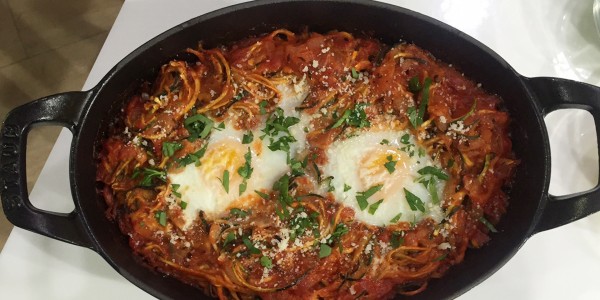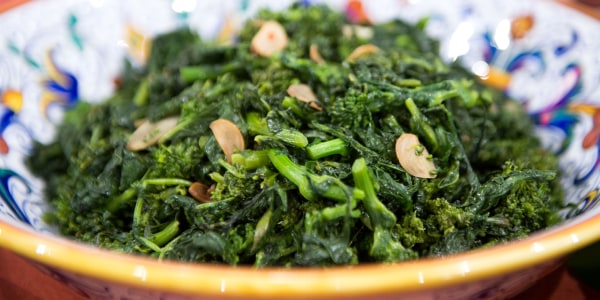Losing weight is hard. Maintaining that weight loss is even harder. The science why one person can lose easily and another cannot is complex and individualized. However, there are some universal factors. Men tend to lose weight easier than women do, thanks to a higher muscle mass. The individual’s initial weight, their consumption of healthy fats and proteins (over lots of carbohydrates, which have a reduced reliance on blood sugar and insulin) and quality of sleep all play a role.
Personally, I think diet and exercise, trumps all and I don’t believe calorie counting is the best way to lose weight. However, after seeing hundreds of patients, there are certain calorie piling trends that seem to be associated with those struggling the most.
Sometimes, even when you're eating healthy foods, the amount consumed is not even close to the amount of calories you burn. A pound is 3,500 calories, so many people respond well by trimming 500 calories each day to reach that end goal. Here’s how to incorporate that strategy into your diet in a way that does not sacrifice nutrients, taste or hunger.
1. Go back to basics with coffee
Coffee has many health benefits, but they diminish when we add extra calories — often coming from sugar and oils in creamers. Additionally, calories add up if you’re drinking a lot of coffee during the day. Researchers who published a 2017 study in Public Health found added calories from creamers and sugar in coffee could easily amount to weight gain over time. One tablespoon of non-dairy creamer has about 35 calories. That doesn’t sound like a lot, but most people consume more than one tablespoon and ingest closer to 70 calories per cup of coffee.
You’ll also want to avoid creamers with artificial sugars. Even though they have minimal to no calories, they’ll increase your appetite soon after. Black coffee is your best bet. You’ll still reap the benefits of the beverage while avoiding added calories.
2. Don’t give healthy fats a free pass
Substituting healthy fats in your diet for refined carbs is a great way to jump start weight loss. A 2016 study in the The Lancet found a high-fat Mediterranean diet did not amount to weight gain.
However, I have seen many patients who are trying to lose weight take their intake of healthy fats too far. They end up snacking on nuts all day, adding coconut oil into every dish, and liberally pouring oil into a pan like they’re pouring wine into a glass. Instead, for individuals trying to lose weight, portion out servings of nuts and oils, or purchase pre-portioned amounts of nuts, hummus, peanut butter, cheese and guacamole. Studies, including one published in the Food Quality and Preference journal, show these “just a bite” options satisfy more with less.
3. De-grain your grain dishes
Instead of pasta use zucchini noodles or spaghetti squash with tomato sauce. Instead of traditional rice try cauliflower rice. Trying these alternatives can significantly lower your daily calorie intake while providing disease fighting phytonutrients.
4. Cook more, order in less
A 2013 study in the British Medical Journal found consumers significantly underestimated their calorie content from fast foods. Twenty five percent of participants in the study underestimated the count by 500 calories. Additionally, researchers found the average calorie content for a fast-food meal was 836 calories for adults.
If you must eat out and you’re trying to drop pounds, consider eating no more than one meal a week at a fast-food restaurant and ordering ahead of time as opposed to making an “on-the-spot” decision. A 2016 study published in the Journal of Marketing Research showed takeout orders placed an hour or more in advance tended to have a lower calorie count.
5. Be smarter in the morning
Consider swapping your calorie dense pastry, sugary cereal or supersized breakfast sandwich for a few hard boiled eggs or a protein shake in the morning. A study in the journal Obesity found having protein at breakfast prevented hunger, cravings and overeating later in the day.
6. Give up drinking your calories for six weeks
Your drinks may be sinking your weight-loss efforts. I’ve seen many patients finally drop pounds after making one change: ditching soda. I’ve also seen weight loss with women who give up their nightly glass (or two) of wine. Make this move for six weeks and you may find your clothes are fitting better.
7. Green up your sides
Think less potatoes and chips (starchy and white) for side dishes. Opt for non-starchy, leafy vegetables or fruits instead. Another option is to ditch your sandwich bun for collard greens or Swiss chard. You’ll save calories and add nutrients.
Eating fewer calories has benefits beyond weight loss as well. A recent study published by the American Society for Biochemistry and Molecular Biology found when calories were restricted, the cells of our body actually slowed down the aging process. That means you’ll live longer and with less risk of disease. Perhaps this is the greatest motivator of all.
RELATED:
How to lose weight after 40: 6 new habits to start now

